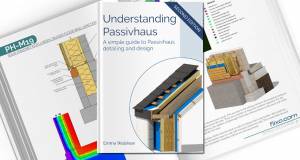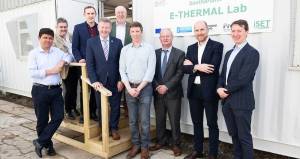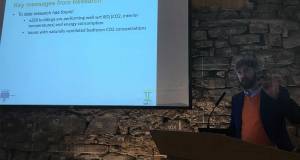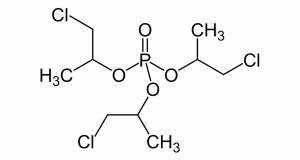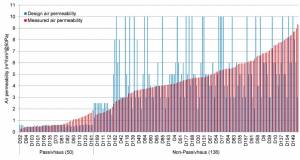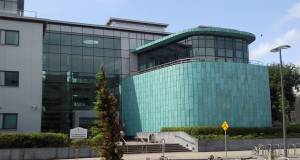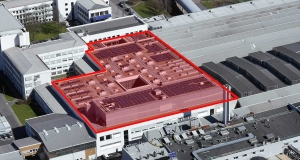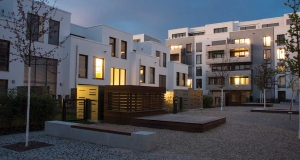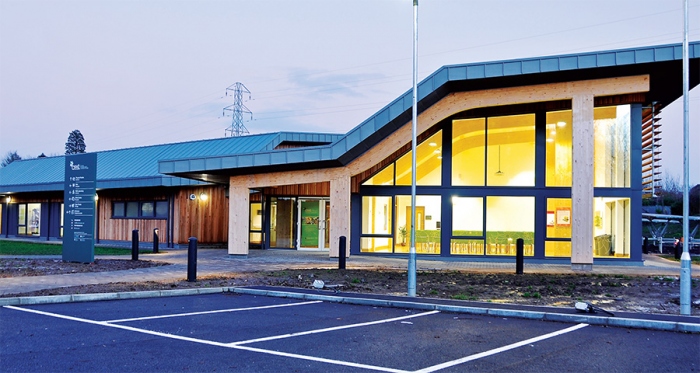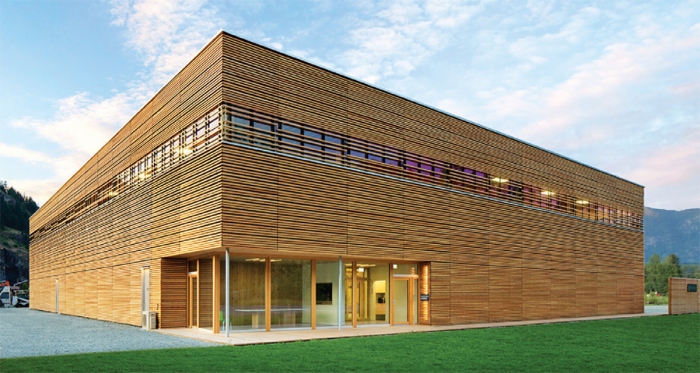research - passivehouseplus.ie
New book aims to demystify passive house design
The second edition of the book Understanding Passivhaus by Emma Walshaw of First In Architecture is out now. The book is designed to provide a brief, clear and complete guide to building a passive home.
State-of-the-art heating test lab opens at GMIT
An international standard ‘E-Thermal’ environmental test facility designed to assist Irish SMEs in developing new sustainable heating products has formally been opened at Galway Mayo Institute of Technology.
The Jodrell Bank grand challenge
During a speech last year Theresa May challenged the construction industry to halve the energy use of new buildings, and to halve the cost of retrofit. But we already know how to meet these challenges, writes Peter Rickaby, and much more difficult tasks lie ahead.
New study to examine NZEB performance
A new research project at UCD will aim to uncover key early lessons from the design and operation of nearly zero energy buildings (NZEBs) in Ireland. The NZEB standard will become mandatory in Ireland for dwellings from November.
New research raises spray foam health questions
New studies are seeking to answer questions about how spray foam insulation, and materials containing formaldehyde, affect indoor air quality —and some of the early results are worrying.
Performance gap much smaller for passive homes, research finds
Study: extreme overheating not reflected in building simulations
Dangerous overheating in buildings may not be showing up in desktop studies, new research suggests.
New NUIG study to examine ventilation in A-rated homes
A research project examining the effectiveness of ventilation systems in low energy homes is one of 45 new sustainable energy projects to receive government funding in companies and institutions across Ireland.
Angela Merkel opens €50m Viessmann innovation centre
German Chancellor Angela Merkel opened the Viessmann Group’s new technological research and development centre in Allendorf, Germany on 12 April. The €50 million investment by Viessmann, one of the leading international manufacturers of heating, industrial and refrigeration systems, sets a milestone in interdisciplinary development and innovation, the company said.
Passive house district uses one-third the heat of typical apartments — report
A major research project by the Passive House Institute has found that heat energy consumption of the passive house district of Bahnstadt, in the city of Heidelberg, Germany, is roughly one-third that of conventional housing developments.
Passive research centre acts as living showcase for green tech
A new research centre in Northern Ireland could stake a claim as being one of the greenest buildings on these islands. Not only is it passive, it boasts a whole suite of ecological features, and aims to be at the cutting edge in the research and development of new sustainable and renewable technologies.
International selection - issue 11
This issue’s international selection features a developer-built passive house in Philadelphia, a big new research centre in Frankfurt, a sleek family home in Vienna, and a new low-energy factory in Canada where passive timber buildings will be prefabricated.
180 green jobs at new Mayo bio-processing facility

BioSpark - a newly-formed joint venture between Imperative Energy and Sustainable BioPolymers - has announced its intention to invest €40 million in the development of a next generation bio-processing research, innovation and manufacturing centre in Claremorris, County Mayo. Biospark says the venture will create 180 jobs initially, and could create up to 300 jobs in total over the next three years.

